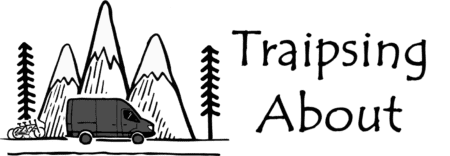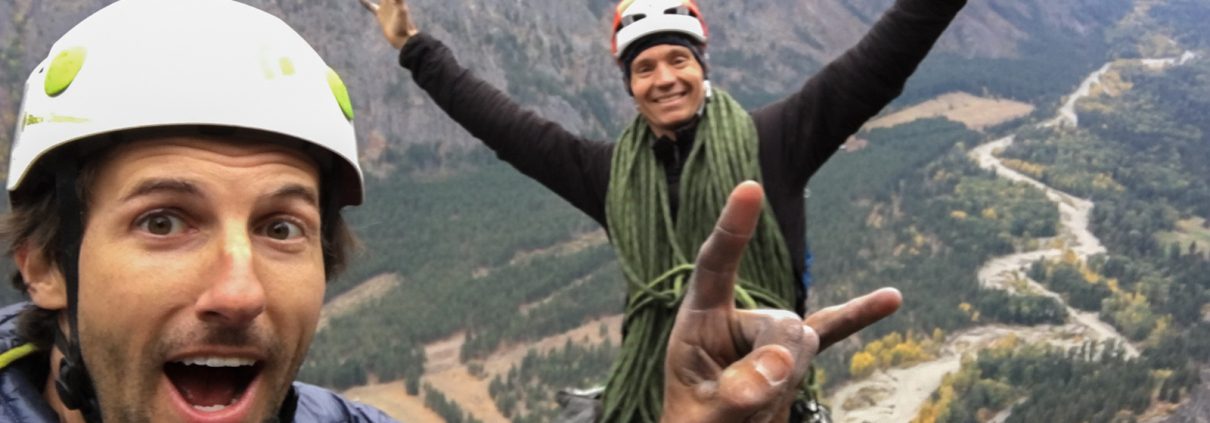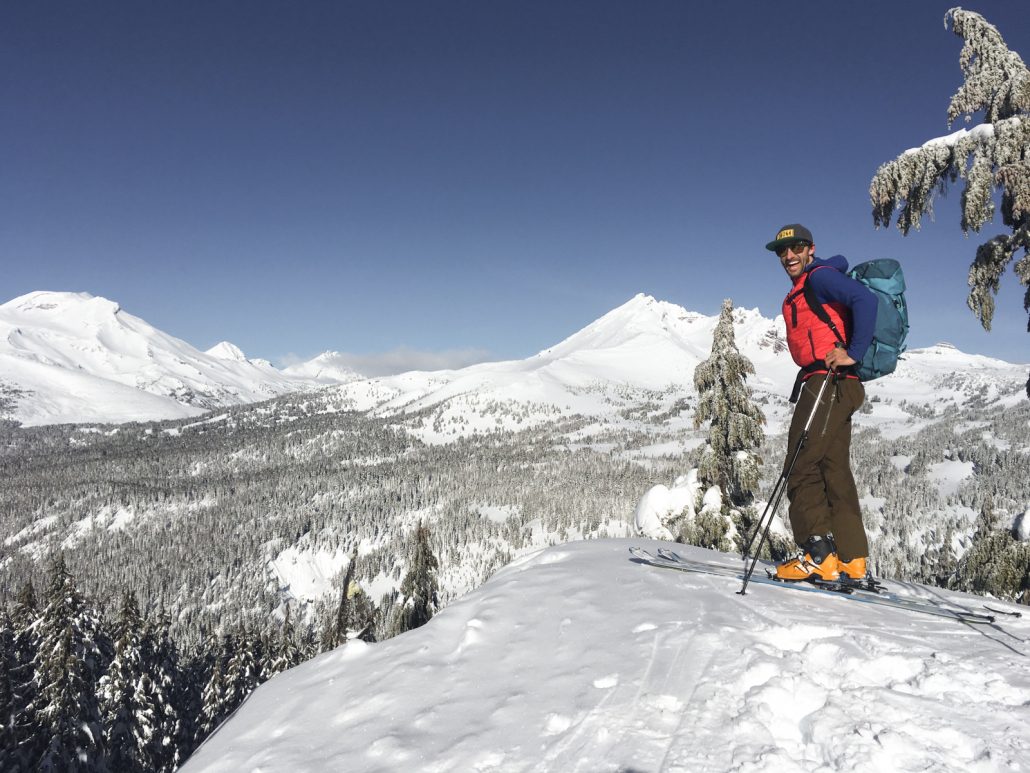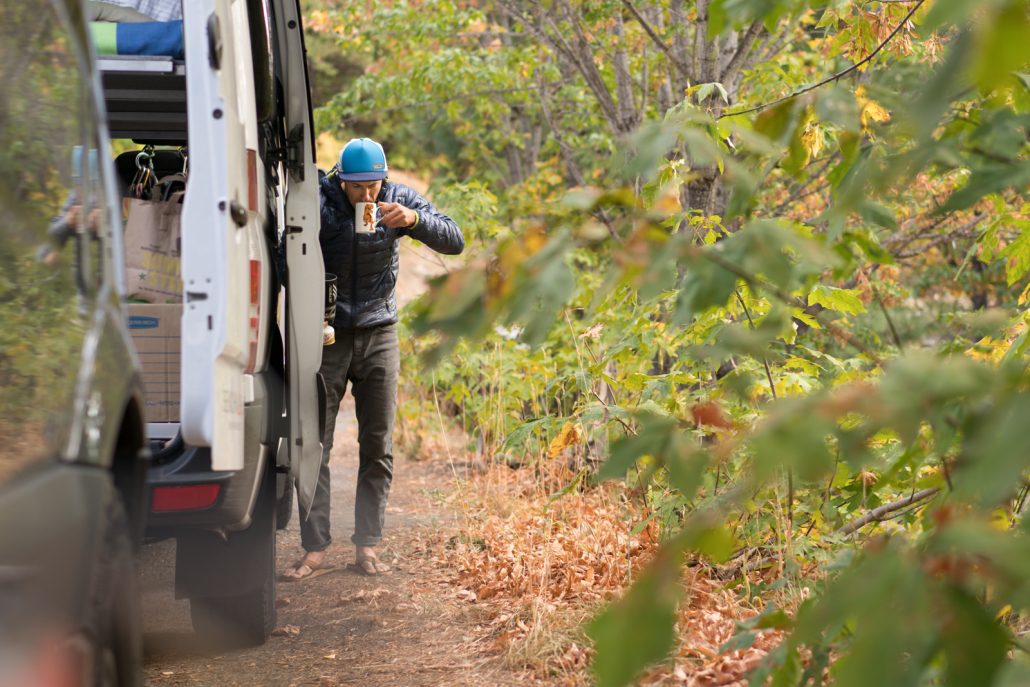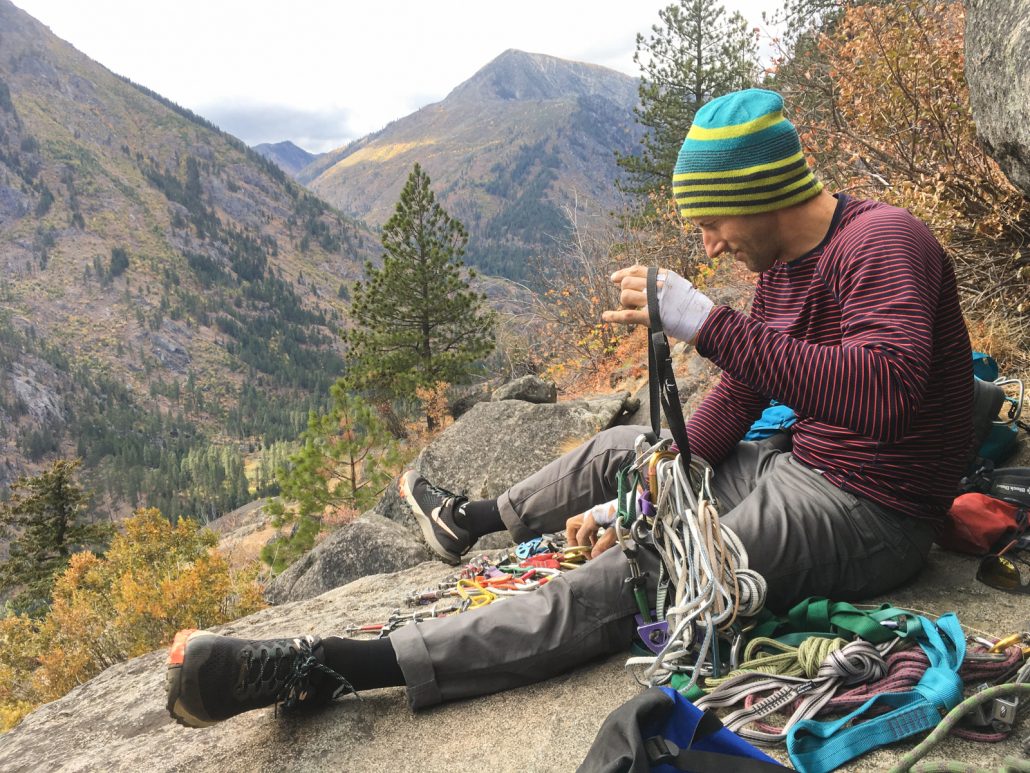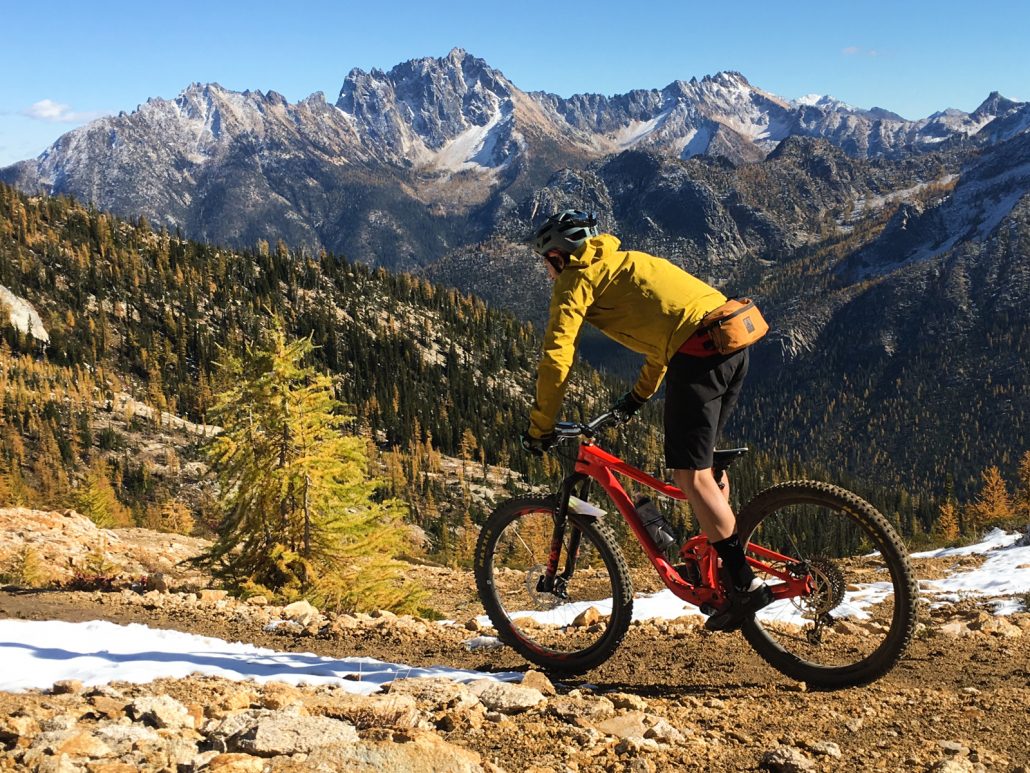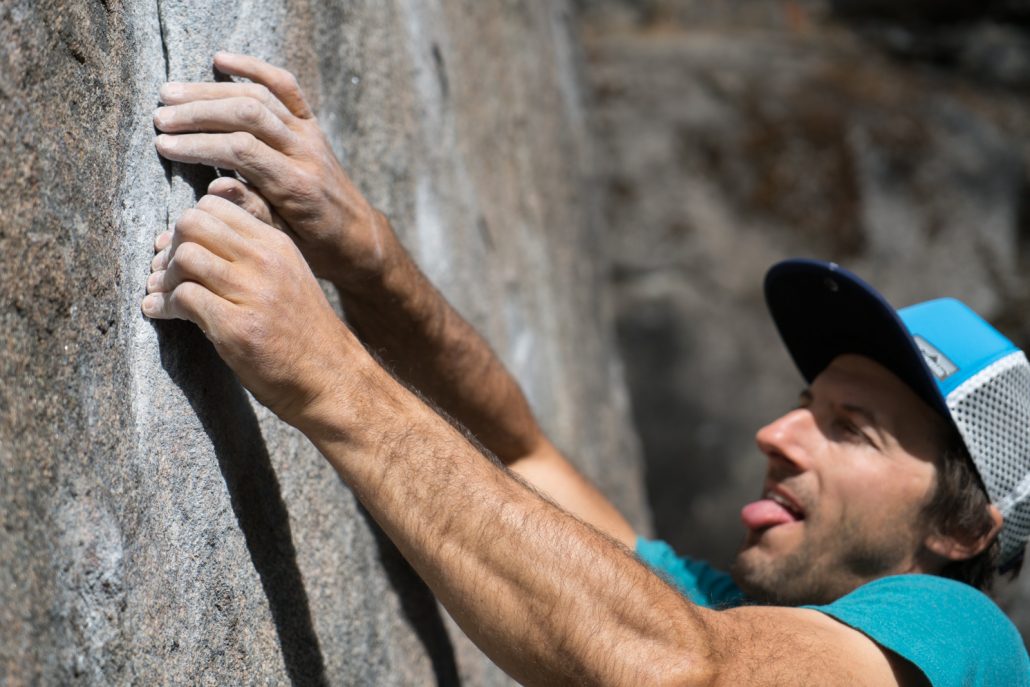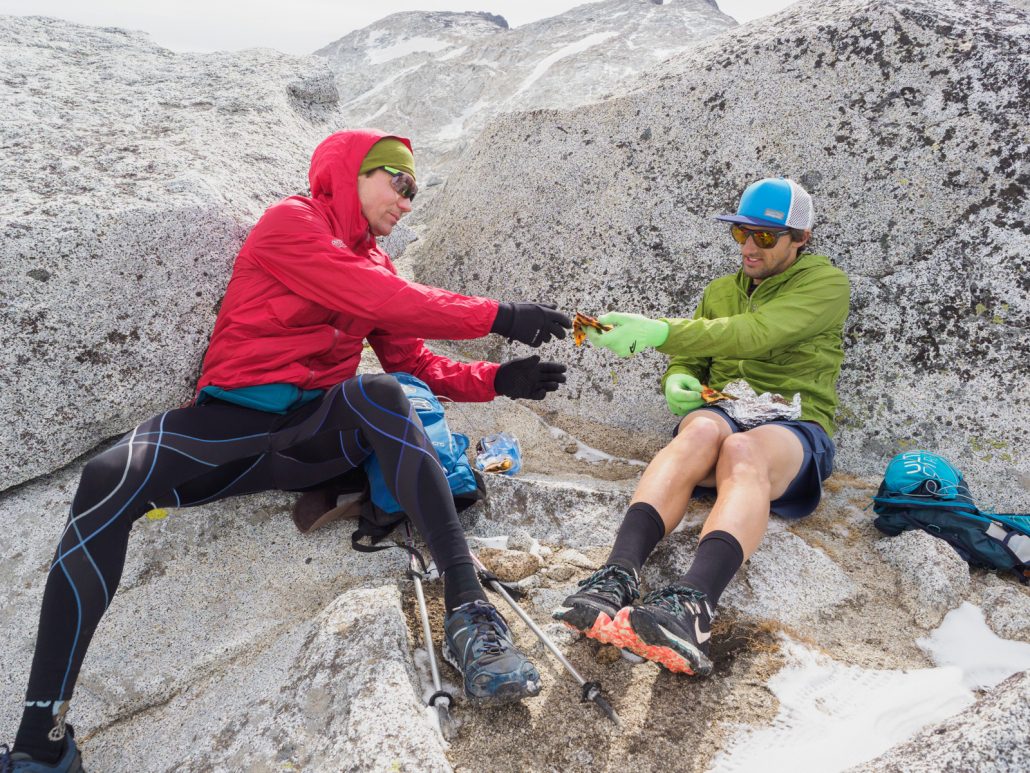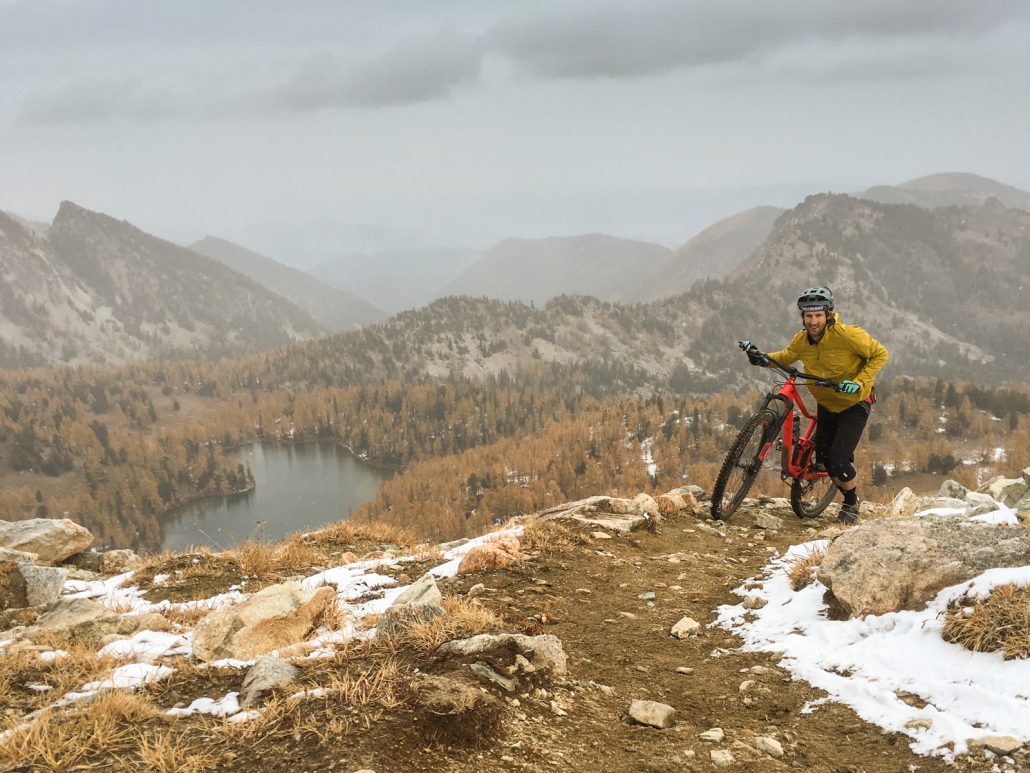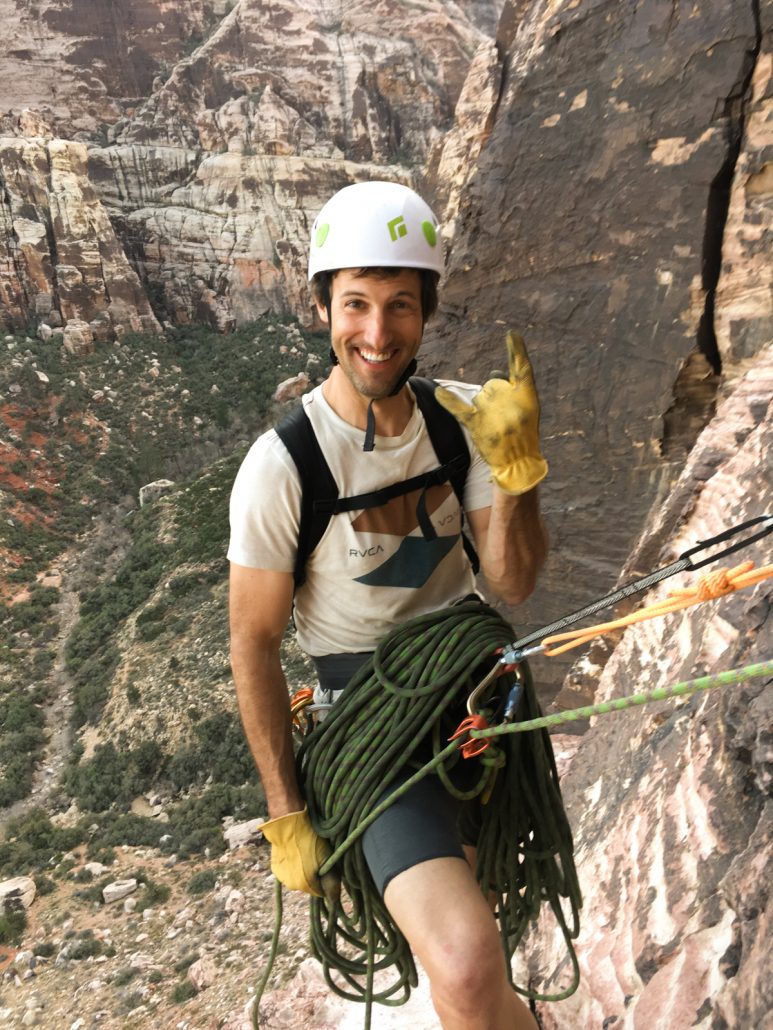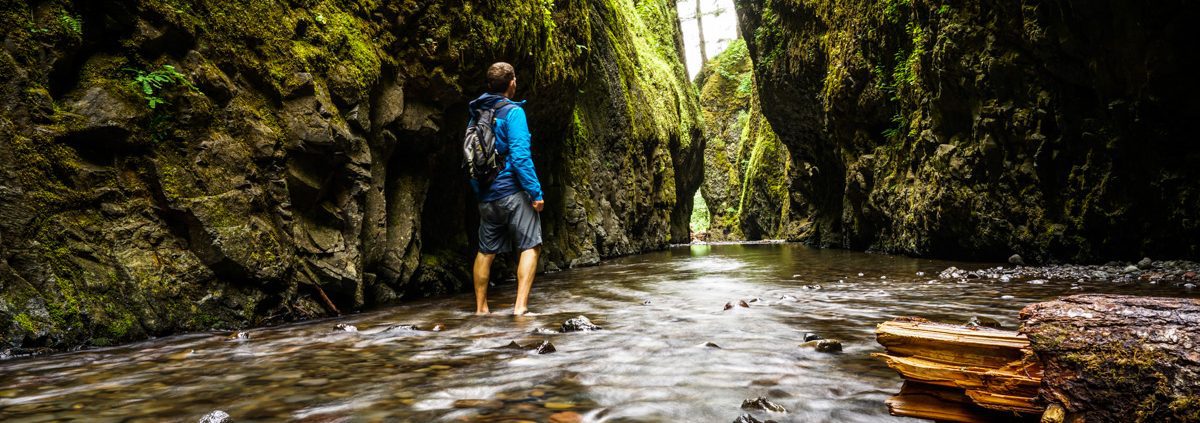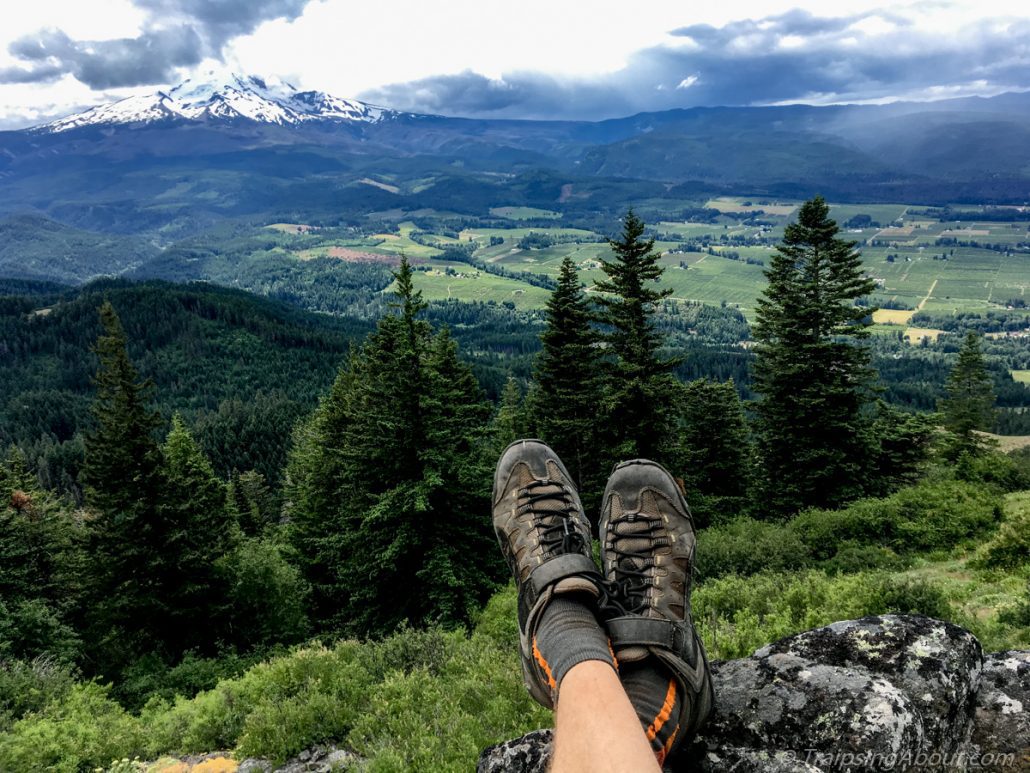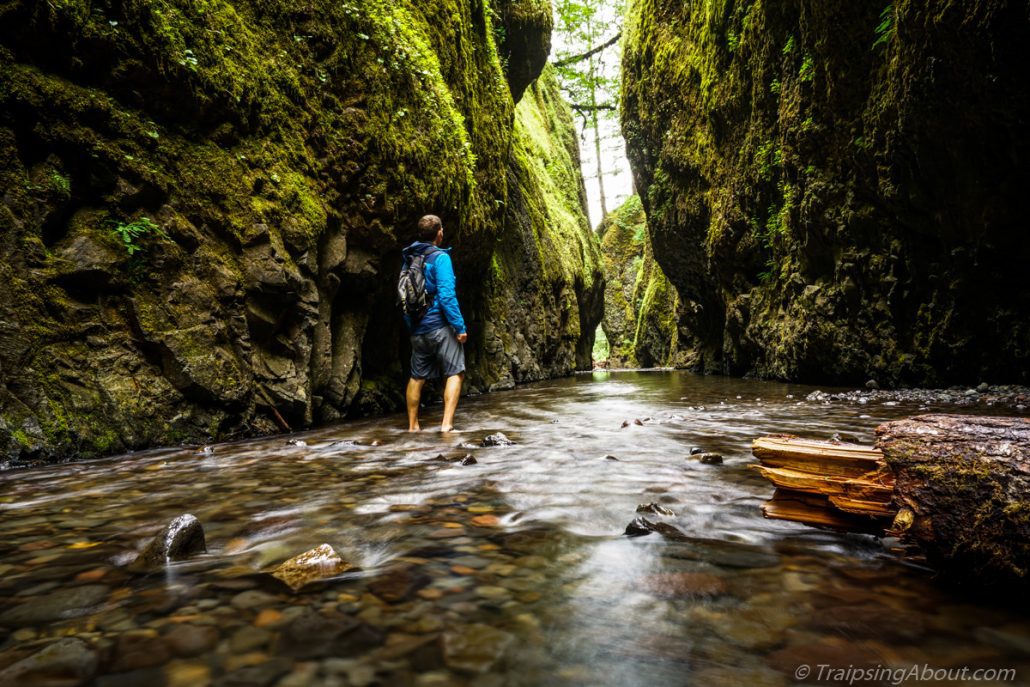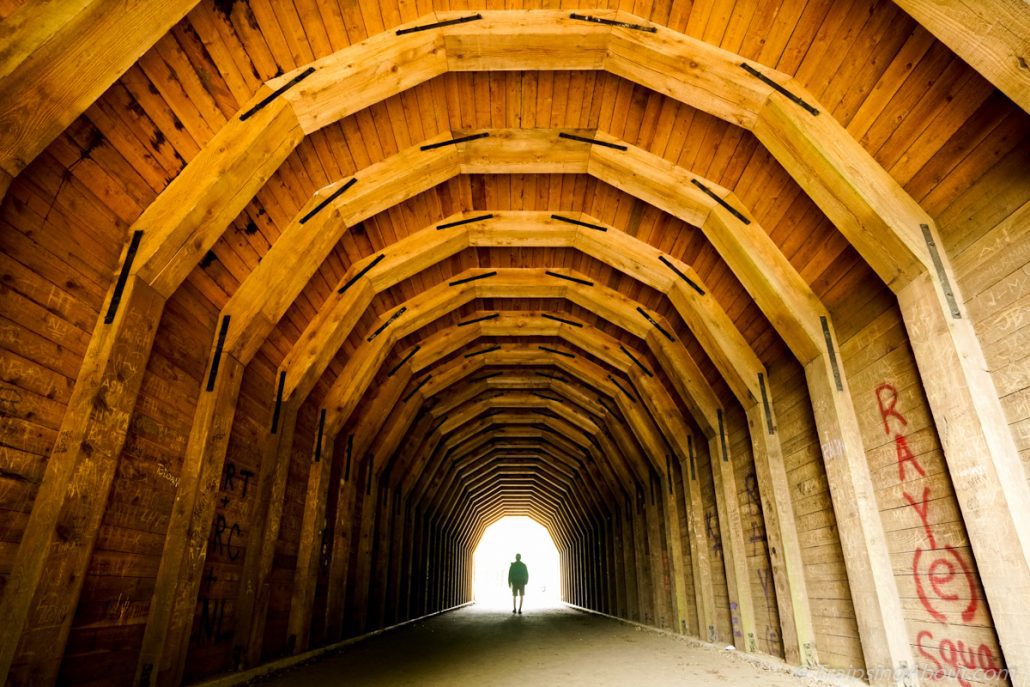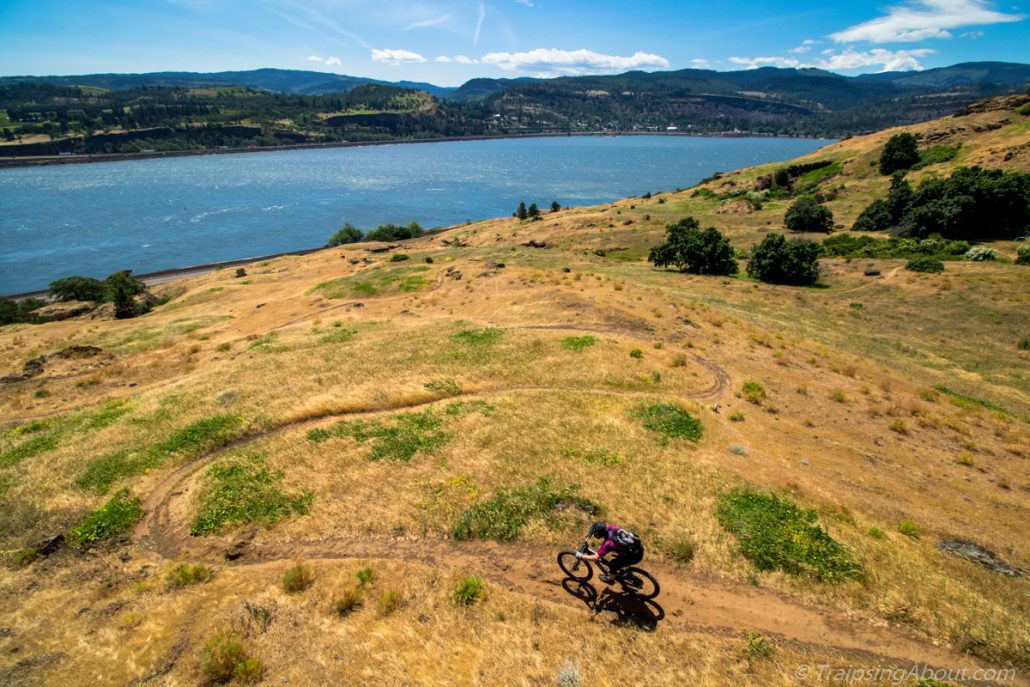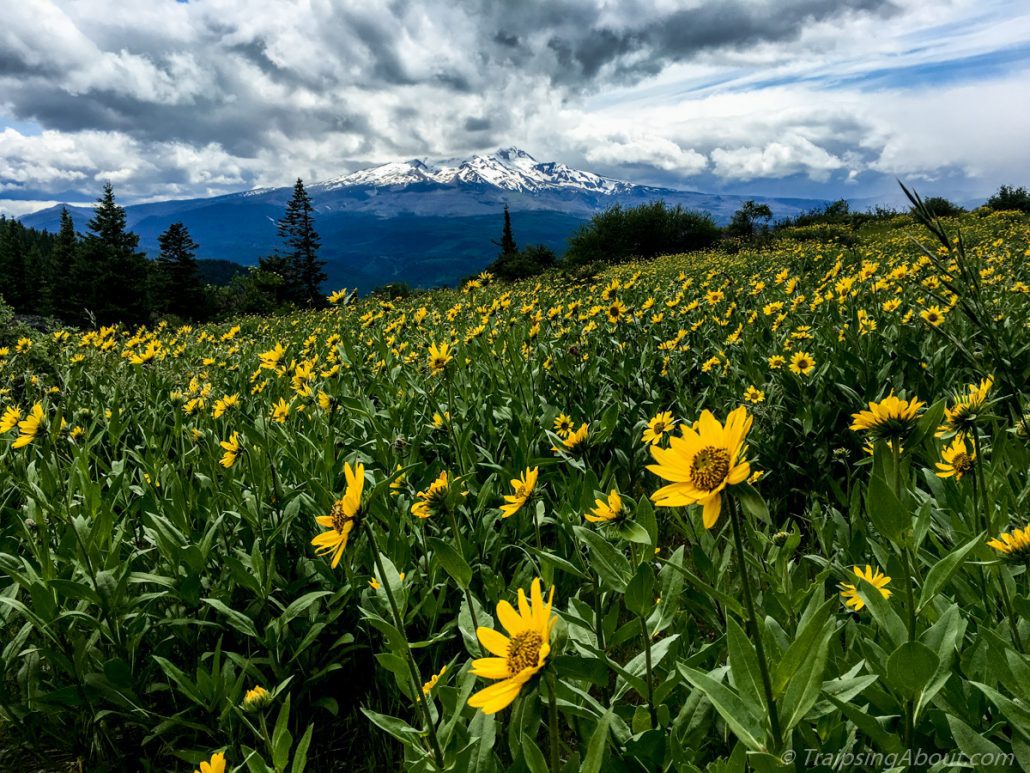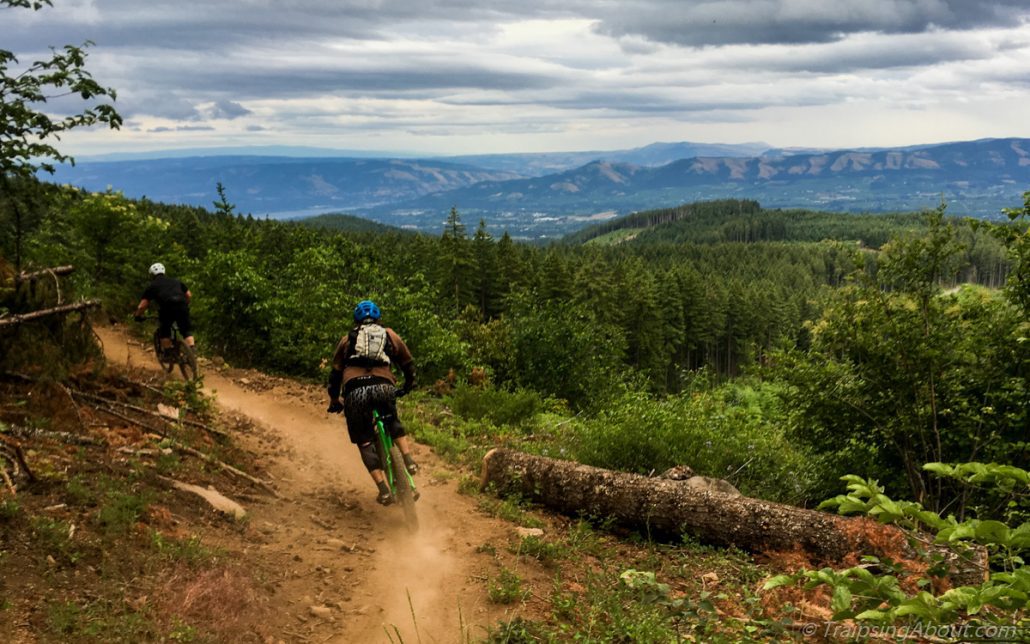Fighting Gravity for 1 Million Feet

Top of the 18-pitch Flyboys in the Methow Valley.
One million feet: 35 trips from sea level to the top of Everest. Fighting gravity to climb that many feet uphill in a year without any motorized assistance is incredible and badass.
Well, my friend Paul did it. Props, kudos, congrats, and a standing ovation, you beast!

Annnd done! Paul at max grin capacity on Dec 31 after hitting 1 million near Bend.
On December 31, 2018, Paul wrapped up his year-long goal to log 1,000,000 vertical feet of human-powered ascending. To count, it had to be sweat, commitment and burrito-driven, all performed outdoors. No trainers or treadmills, no ski lifts, no shuttling, just old-fashioned oomph.
Paul’s words:
“The goal was based on a few principles…
- We are capable of so much more than we think.
- Spend time in the mountains with good people.
- We all have life goals in work and life, often imposed by others with no understanding of the individual. This was 100% my goal. Something I knew I could do based on many years of testing the body and mind.
- It sounded fun!
- Experience the mountains through a variety of outdoor human-powered adventures while learning how to ski, evolve the mountain biking, rock climb more, and trail run some bigger routes.”

Coffee first, then conversation. Then cold creek dip.
How Tough is 1 Million Feet?
For perspective, 1 million feet of vertical gain equals 3,140’/day (260 flights of stairs!) and 4+ hours with one rest day per week. You know those days when you wake up after a run or bike ride and take a rest day because your legs are tired? Nope. Get up, put on gear, and get out the door. My biggest year is 450,000′ of vertical, a piddly fart of an effort compared to 1,000,000′.
Factor in Paul’s job, injuries, sickness, our climbing trip to Red Rocks (bad for vert because climbing is slow) and what he was staring in the eye was one helluva challenge. I bet you’ve never thought this deeply about the nuances of vert accumulation. I hadn’t!

A “rest day” in Leavenworth with only 1,000′ of steep hiking to get to the climb.
Since he’s a lunatic and wanted to make it harder, Paul focused on “interesting” vert. He wasn’t just logging big miles on a road bike, Everesting up and down the same climb. Gnarly mountain biking, big trail runs like the Enchantments Traverse, and backcountry skiing (
(hiking up a mountain on your skis before descending) in all kinds of conditions made the challenge even tougher.
His stats: 53% mountain biking, 23% backcountry skiing, 15% road biking, 7% trail running, and 2% rock climbing. Lots of classic cold and wet Pacific NW days riding muddy trails, skiing in stormy conditions at the crack of dawn (often when I slept in) and pushing to make a big goal happen.

Vert earns you views like this one on Cutthroat Pass in WA.
Hanging with the Vert-Seeker
I logged many days and 80,000’ uphill with Paul during the challenge and witnessed his willpower and stoke levels fluctuate. The immensity of the goal was sometimes a yoke around his neck and also propelled him to complete tough objectives like running the 40-mile Timberline Trail.
That fire burns for adventure, but Paul can also go deep. Around a campfire in the North Cascades, we talked about creating our personal ideal lives. The next day, we pedaled and pushed through snow on a remote, beautiful ride. As a finale to eight days of outdoor adventure, we dunked in a snow-melt creek, Paul’s favorite post-activity refresher no matter HOW cold temps are.

Digging deep bouldering in Leavenworth.
I saw him depressed and angry about a tweaked knee from a climbing fall in Red Rocks, talked about relationships and the housing market for endless hours (yessss, sell that house and be free, man!) and coached him through (mostly) plant-powered efforts as he strove for the lowest possible inflammation levels during his challenge.
Emotions whipsawed. Hooting and hollering on trail descents, worrying about incoming storms on multi-pitch rock climbs, staring from the tops of mountains at distant vistas, assessing avalanches in the backcountry…
We humans experience a lot in the outdoors: raw emotion from weather, exposure, fear, exhaustion, beauty, friendship. There’s power in pushing physical limits and magic in the simplicity of man vs. gravity in a natural setting.

What a guy! Hauls vegan pizza up an icy pass and shares it with me. Photo: Ben Groenhout
How the Challenge Affected Me
In the past few years, I haven’t undertaken challenges where finishing was in question. Even the Oregon Timber Trail, the hardest physical journey I’ve done, always felt achievable. Sure, I get tired, bonk, or feel bored and ready to be done, but even at my MOST tired (often with Paul!), I know a granola bar and one last hard push reaches the finish line.
Paul’s awesome effort reminds me that aiming for a goal where victory isn’t guaranteed is a primo way to feel alive. That and freezing lake dips!
Looking back, I suspect Paul will remember his 40th year on this planet more than others. Life isn’t just about fun, after all. From Nobel laureate Danny Kahneman: “Happiness is a momentary experience that arises spontaneously and is fleeting. Meanwhile, satisfaction is a long-term feeling, built over time and based on achieving goals and building the kind of life you admire.”

Snow, freezing temps, steep hike-a-bike…Paul’s kinda day out!
To a satisfaction-building, admirable accomplishment, I say CHEERS. Well done, my friend.
Oh, and in case you’re wondering, did Paul sleep in on January 1st and read a book all day on the couch? NAH. After 10 straight days skiing to finish off the challenge, he got up early on New Year’s day and headed out for some more backcountry turns in the snow.

Endless stoke!
Follow Paul on Instagram. I always enjoy his varied, creative, rambling stream-of-consciousness posts. Plus he’s always in beautiful areas sharing photos to make you dream! Here’s his summary post regarding the vert challenge.

Here’s to the next adventure together, my friend!
P.S. Dig this? Want to get the Traipsing About newsletter with blog posts and my curated list of media, books, gear, favorite places to explore and random rad stuff I encounter or love? Enter your email below!
